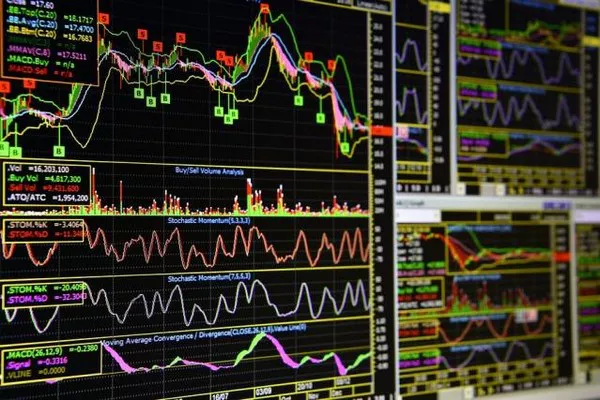In the latest turn of events in the currency markets, the Pound Sterling (GBP) has continued its winning streak against the US Dollar (USD) for the fifth consecutive trading day at the start of this week. During Monday’s European session, the GBP/USD pair soared to nearly 1.3150, eyeing a return to the six – month high of 1.3207 reached on April 3. This upward movement in the Pound came as investors fled the US Dollar following the tit – for – tat tariff announcements between the United States and China.
The US Dollar Index (DXY), which measures the Greenback’s value against six major currencies, slumped to around 99.00, hitting its lowest level in three years. US President Donald Trump’s decision last week to pause reciprocal tariffs for 90 days had initially alleviated fears of a US recession to some extent. However, the exception made for China in this tariff pause has kept the market on edge. Effective Saturday, China raised counter – tariffs on US goods imports to 125%, adding fuel to the ongoing trade tensions.
Trump’s economic policies aim to encourage domestic companies to bring manufacturing facilities back onshore. But business owners remain hesitant. They are concerned that Trump might reduce import duties again after striking a better deal with trading allies, including China. This uncertainty has contributed to a lack of confidence among businesses, which in turn has affected the US Dollar.
Consumer sentiment in the US has also taken a hit due to Trump’s protectionist policies. The University of Michigan’s preliminary Consumer Sentiment Index for April came in at a surprisingly low 50.8, well below the estimated 54.5 and the previous reading of 57.0. This significant decline in consumer confidence has led to a sharp drop in the US Dollar.
Pound’s Future Hinges on UK Economic Data
Looking ahead, the Pound Sterling’s performance will be heavily influenced by upcoming economic data from the United Kingdom. On Tuesday, the UK will release employment data for the three months ending February, and on Wednesday, the Consumer Price Index (CPI) data for March will be 公布. These figures will provide crucial insights into the health of the UK economy and could determine the future direction of the Pound.
The UK labor market is expected to show that the ILO Unemployment Rate remained stable at 4.4%. However, average earnings, including bonuses – a key indicator of wage growth – are projected to have grown at a slower pace of 5.7%, compared to the 5.8% increase in the three months ending January. The core CPI, which excludes volatile items like energy, food, alcohol, and tobacco, is estimated to have risen by 3.4% year – over – year in March, slower than February’s 3.5% increase.
A slower growth in wages and core CPI could lead to increased market expectations that the Bank of England (BoE) will cut interest rates at its May meeting. This is because lower inflation and wage growth may signal a slowdown in the economy, prompting the central bank to take measures to stimulate growth.
BoE’s former deputy governor, Charlie Bean, warned last week in an interview with The Guardian that US President Donald Trump’s tariff policies are causing businesses to delay investment decisions. Bean advocated for an aggressive monetary policy easing and suggested that the central bank should cut interest rates to 4%.
UK Chancellor of the Exchequer Rachel Reeves also sounded the alarm about the impact of Trump’s tariffs on the UK. In her column in Observer over the weekend, Reeves stated that Trump’s policies will have a “profound” effect on the UK. She signaled the government’s intention to navigate the brewing trade war and strengthen the UK’s position in the global market. Reeves emphasized the importance of engaging with the world, stating, “Now is not the time to turn our backs on the world.” She also expressed her ambition to forge a new trade relationship with the European Union and conduct constructive trade talks with the US.
Technical Outlook for the GBP/USD Pair
From a technical analysis perspective, the Pound Sterling’s jump to near 1.3150 against the US Dollar on Monday is a positive sign. The short – to – long – term Exponential Moving Averages (EMAs) are all sloping upward, indicating an upbeat near – term outlook for the GBP/USD pair.
The 14 – day Relative Strength Index (RSI) has climbed above 60.00. If the RSI can hold above this level, it is likely to signal a bullish momentum for the pair.
On the downside, the 61.8% Fibonacci retracement level, plotted from the late – September high to the mid – January low and located near 1.2927, will act as a key support zone for the GBP/USD pair. Conversely, the three – year high of 1.3430 will serve as a significant resistance zone.
Related Topics:
Dollar Under Siege: Trade War Woes and Market Watch
Dollar Drops as Tariff Fears and Economic Worries Boost Safe-Haven Currencies
Dollar’s Global Status in Jeopardy as U.S. Tariffs Trigger Market Panic


